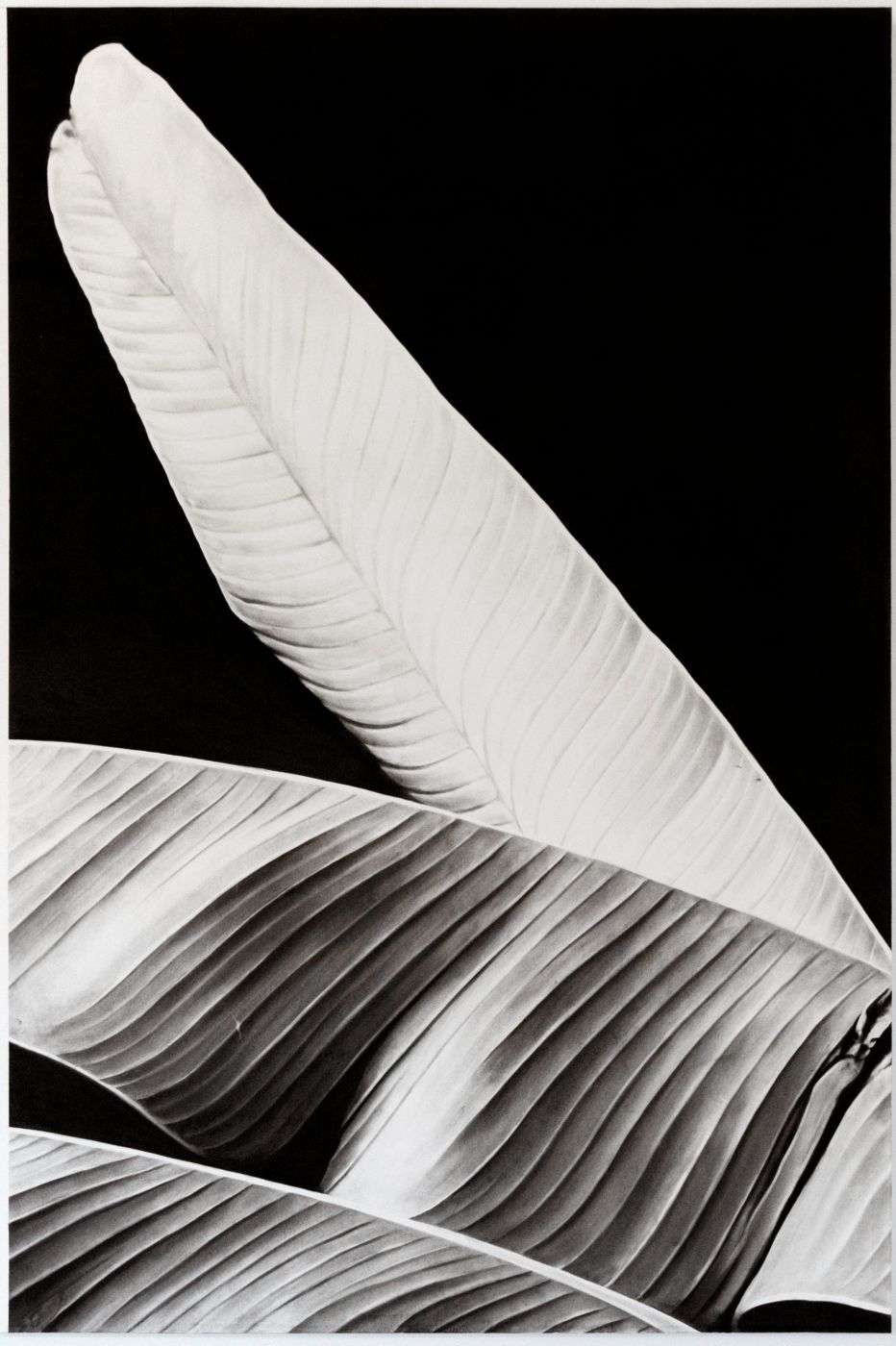Akis Parafelas parasemantics iii
the other, my love i seek; whom i build up in mud; whom i burn in the evenings; against whom i shatter; and likewise he; i seek the other; with his deep cracked milk, the salt in his eyes; my love i seek; who lays a sheet over our rocks; and on whose lips i carve my own window; my back against it; to marvel powerless at the carnage it hides from me; as it coats with leather the holes of my body; does my love; and this other i find; among a thousand tongues speaking only his scent; there, somewhere; somewhere near; somewhere where; down and across; cutting both ways; my love in pieces; glassy and wingless offering me its gordian knock; to tie myself on it; so we both are cut at the opportune moment; when our clothes made of paper dissolve in water grunting at time; when the few steps in the night that advances turn into light; and lips ceaselessly stutter while counting where have you hidden again my love my love
– translated by Panayotis Ioannidis
~
Akis Parafelas struck out in 2018 with an unusual first poetry book, published by Thraca (Larissa) and awarded the “Anagnostis” Prize for a First Poetry Book. Make that an unusual poetry book, tout court: for its thoroughly thought-out conception and structure; the richness and variety of its poetic approaches (at times lyrical; at others, dramatic; narrative; and so on), yet consistently unified; the bull's eye effect of its diction. Its title, parasemantics, refers (since hellenistic times) to a system of musical notation using symbols (e.g. capital letters) above the words, to denote their sung pitch and duration.
Following a preamble poem, bearing the mock-scholarly title “abbreviation”, the book is built in three sections, “I” to “III”. Each section starts with an untitled prose poem on two pages: the first set in regular font, the second in italics. Then comes a “parasemantics” prose poem. (The one presented here obviously belongs to section “III”.) There follow six (in section “I”) or seven titled poems (in sections “II” and “III”). The book ends with “notes”; they begin thus: “In the texts, so many subjects are interwoven that even I do not know every side of them. They had to be heard though. Presentations and definitions were omitted. Possible confusions arising have their own role to play.” These confusions are welcome – as is this authorial note: relieving the reader from the need, compulsion, or duty to decipher and codify each poem, with respect to the voice speaking; its addressees; the scene in which it unfolds; and so forth. The book, as a result, feels like a kaleidoscope of voices and viewpoints; the occasionally dismantled syntax and grammar contribute to, and reinforce this effect.
Akis Parafelas was born in 1989 in Thessaloniki, where he lives and works. In a manner reminiscent of his book's “notes”, the cv he likes to see printed states: “He was a jurist, and somehow still is.” His book's three sections loosely enfold three themes: people, situations, and love. Do we need to decide on what its poems parasemantically (an)notate? Isn't every good poem an (an)notation on, and of an aspect of life – or, in the most successful cases, all of life?

Pictured: Romain Cadilhon, Grande Nocturne I, 2018. Charcoal on paper mounted on wood. 100x145 cm. Part of the group exhibition Gardening at Zoumboulakis Gallery. More information here.
